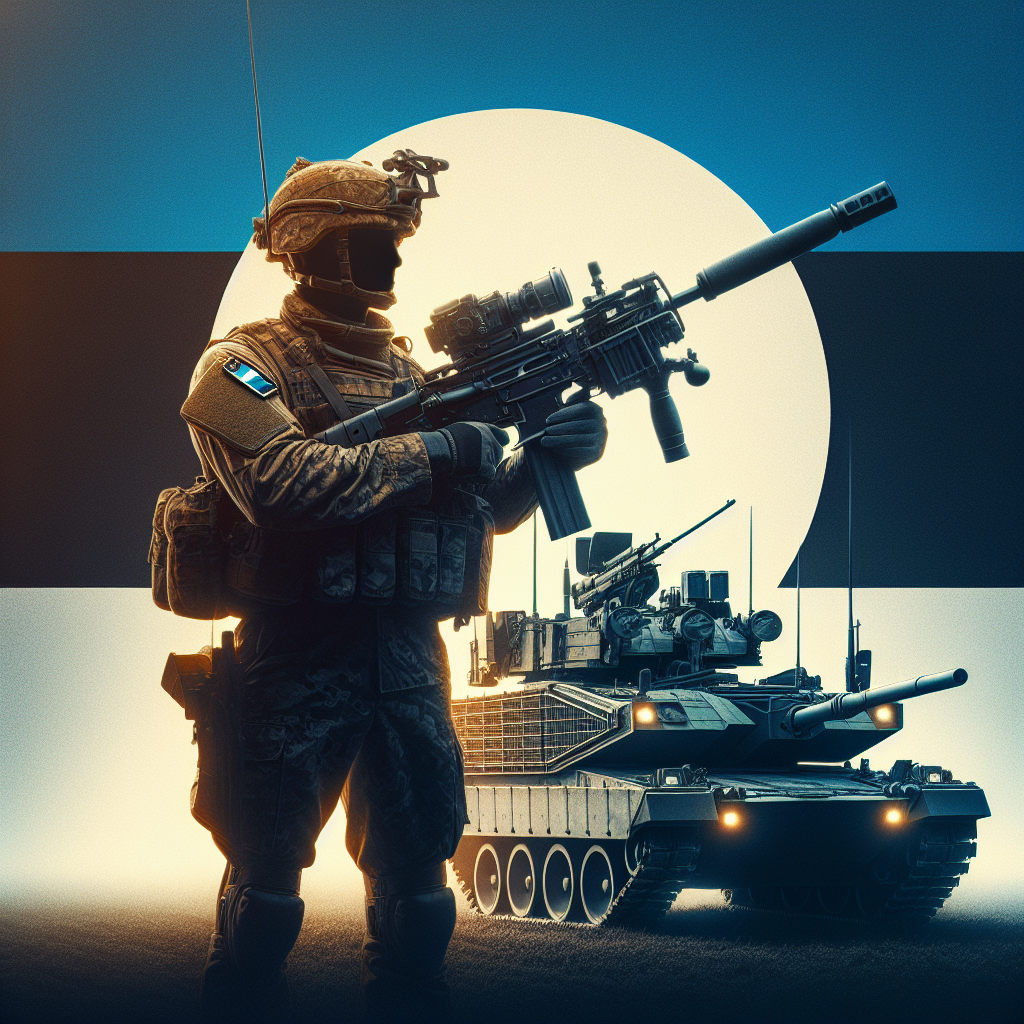When you think of the tiny nation of Estonia, you might not imagine a powerful military force, but underestimate this Baltic powerhouse at your own peril. The Estonian Defence Forces (EDF) are a fearsome testament to what a small nation can do with a strategic vision and a tenacious grip on national sovereignty. Established officially in 1918, the EDF has roots as sturdy as the ancient oak trees dotting its serene landscapes. Still, its history extends deeper into the fierce struggles of the early 20th century. From the trenches of the Independence War to modern-day exercises with NATO allies, the EDF has shown that Estonia knows how to fend off even the most daunting opponents in geopolitics.
So, how does Estonia transform a population of just over a million people into a military force that punches well above its weight? Let's start with the brass tacks: rapid modernization. While some nations wrestle endlessly with red tape and changing priorities, the Estonians have made military readiness a top priority. With investment steadily increasing over the years, they hit the NATO target of investing 2% of GDP into defense, arguably showing budgets aren’t just for headlines but are meant to produce results.
Onward to the personnel, the true backbone of any military force. The EDF thrives on a conscript-based model with reserves, where they manage to strike a balance between a lean active duty personnel and a robust reserve force. A lesson in the value of nationalist pride and self-defense, young Estonian men are conscripted for 8 to 11 months of training. Through this, not only do they learn the fundamentals of defense—they establish a lifelong bond and sense of duty to their nation.
Technology and resources are where the true military aficionados' interests lie, and here's where Estonia surely does not disappoint. Forget about an antiquated force hiding behind outdated weaponry. The Estonians saw the future coming and embraced it with gusto. Cyber defense has emerged as an epicenter of focus, with the nation producing a veritable army of digital warriors ready to defend their cyberspace. It’s no surprise considering that after suffering a major cyber attack in 2007, they vowed never to be caught flatfooted again. Now, with the NATO Cooperative Cyber Defence Centre of Excellence situated in Tallinn, the capital, Estonia doesn’t just go with the flow—they create the current.
Furthermore, when it comes to boots on the ground or on rugged Baltic terrain, Estonia has partnered with other NATO allies in numerous exercises such as "Hedgehog" and "Spring Storm." These war games are not frivolous affairs but essential components of understanding teamwork and interoperability with allies who share the mission of countering threats in the Eastern European region. By throwing down this gauntlet, Estonia sends a clear message that both deterrence and preparedness are the names of their game.
Let's not forget about the geopolitical chessboard. Estonia’s eastern border with Russia isn't just a line on the map—it's a daily reminder of both challenges and the need for preparedness. Living under the dark cloud of historical Soviet dominance, Estonia’s stance is not merely reactionary. It's forward-thinking, integrating a total defense policy that galvanizes both military and civilian readiness, forming a meshwork that a would-be invader would find agonizingly thorny to penetrate.
To further broaden the optics, let’s examine their chain of command. The Estonian Defence Forces operate under a clear and cohesive structure with the Commander-in-Chief holding responsibility. But here's the real kicker—civilian oversight is not only present but positively sharpened, ensuring military decisions are in lockstep with national, sovereign imperatives. This should delight those who scream for democracy, unless they secretly prefer chaotic bureaucracies.
Estonia's military alliances truly solidify their sturdy defensive posture. Their entry into NATO in 2004 was neither timid nor bashful; it was a declaration. Here, the EDF has etched an indomitable identity as a foundational pillar in the alliance's eastern flank. While the naysayers claim that small nations make small impact, Estonia's role as a bulwark against Eastern aggression is a big deal.
As per national sentiment, Estonians live by the mantra "never again," a phrase dripping with historical context but equally buoying them towards future resilience. This is not mere sloganeering. With deeply ingrained historical wounds and indomitable will, Estonia is flipping the table and setting it anew with a full course meal of security, independence, and readiness.
The Estonian Defence Forces, a lean machine, technologically savvy and unabashedly nationalistic, act as an evolutionary model in military efficiency and democratic intertwining. If your idea of national defense is pacifistic pipe dreams, then let Estonian execution stand as a reality check.

